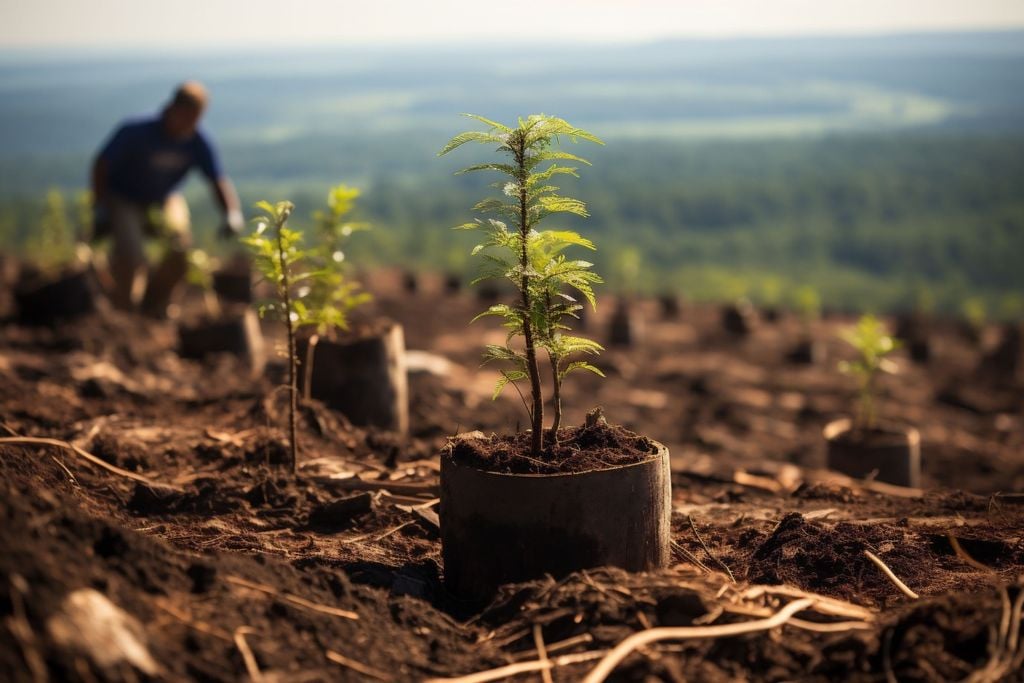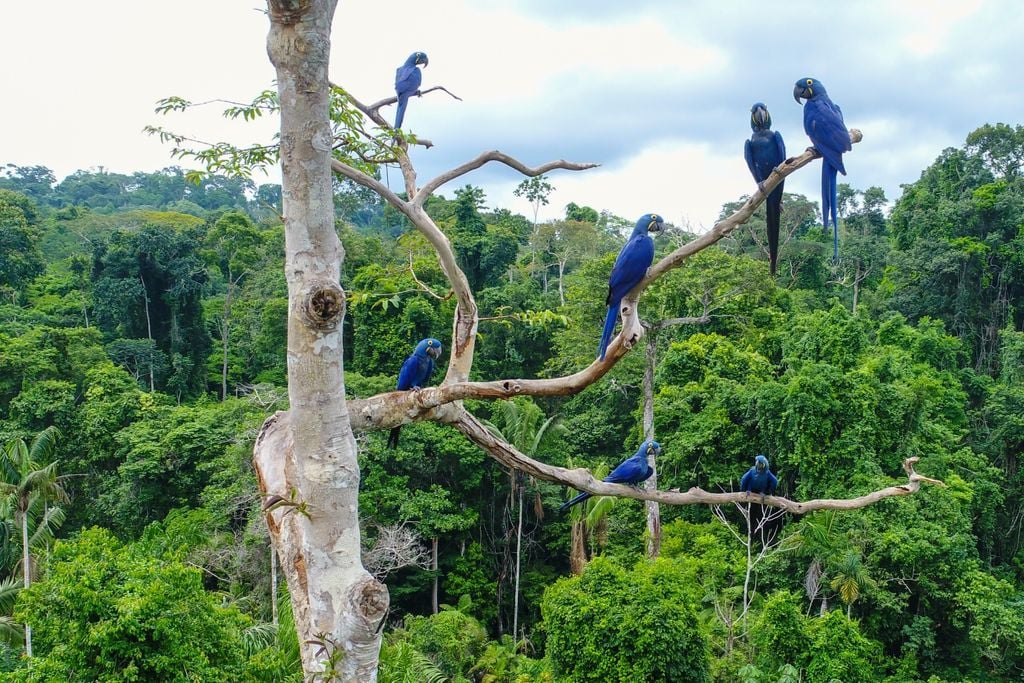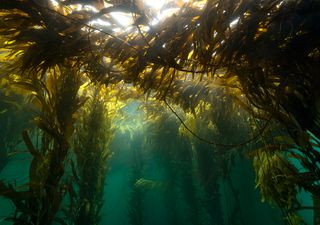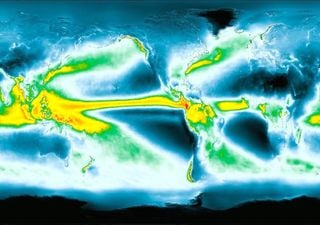Does planting trees solve everything? Understand why this idea could be hindering the fight against the climate crisis
Despite seeming like the perfect solution, tree planting could be holding back other effective ways of removing carbon, researchers warn. An over-reliance on "green" could limit the fight against climate change.

Planting trees is almost synonymous with saving the planet. Reforestation campaigns go viral on social media, companies promise to “neutralize” their emissions with green projects , and even governments are betting on nature to combat global warming.
A new wave of studies shows that enthusiasm for trees may be becoming a problem. The idea that planting forests is enough to address climate change is so prevalent in the collective imagination that it ends up overshadowing other ways of removing carbon from the atmosphere. And what seems like a harmless choice could actually compromise the construction of a more robust, diverse and efficient climate plan.
The seductive idea of “going back to nature”
Trees have an almost magical appeal: they are seen as pure, natural, and connected to life. When people talk about combating excess carbon in the atmosphere, it is common for the first image that comes to mind to be a verdant forest. This emotional connection is so strong that, in surveys conducted in more than 30 countries, planting trees was spontaneously cited as the main climate solution, even when interviewers tried to avoid the topic in order to discuss other techniques.

This “tree effect” creates an invisible barrier. Ordinary people have a harder time accepting technologies like direct carbon capture from the air or using rocks to absorb CO₂ because these alternatives seem artificial, expensive, or even scary. Trees, on the other hand, not only feel familiar, but also convey a sense of security and immediate action. It’s the old idea that “you don’t mess with nature.”
Not everything that is green is simple or sufficient
The problem is that relying solely on tree planting can create a false sense of solution. First, because the planet simply doesn’t have enough space for forests to capture all the carbon we’re emitting.
Furthermore, trees are not permanent carbon stores. They can die, be burned, attacked by pests or cut down, releasing the CO₂ they had absorbed again . This is why many scientists warn: we need a combination of solutions, which also include more long-term methods, such as:
- Direct CO₂ capture with geological storage
- Bioenergy capture and storage (BECCS)
- Weathering of rocks with the capacity to absorb carbon
- Innovative biological techniques, such as biochar and the restoration of soils and wetlands rich in organic matter.
Diversity is key to reducing risks, ensuring stability and buying time in the fight against global warming.
Brazil's role and the importance of changing focus
Brazil, due to its forest cover and biodiversity, occupies a prominent position in this debate. There is no doubt that conserving and restoring biomes such as the Amazon and the Cerrado are essential for global climate balance. But it is also essential to understand that trees alone are not enough.

The country needs to invest in science, innovation and public policies that consider a broader range of climate solutions. This includes exploring new technologies, encouraging research into alternative carbon removal techniques and, most importantly, engaging the population in a more informed and less romanticized debate.
Planting trees is important, but believing that this will solve everything can be a dangerous trap. The real challenge is to address the complexity of the climate crisis with solutions that are up to par, and this requires going beyond the obvious green.
News reference
Carbon removal beyond the trees . April 2, 2025. Cox, E., Low, S., Baum, C. M. et al.








